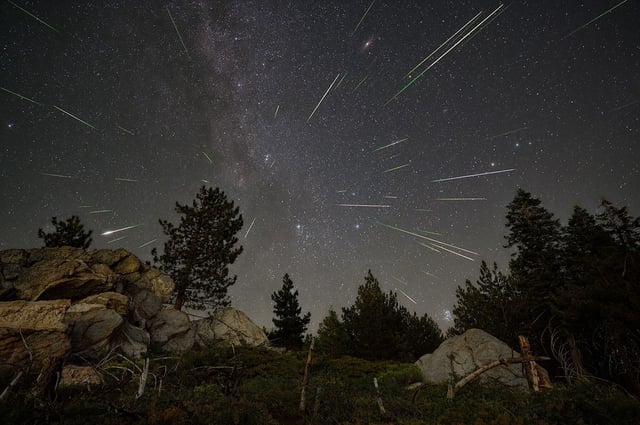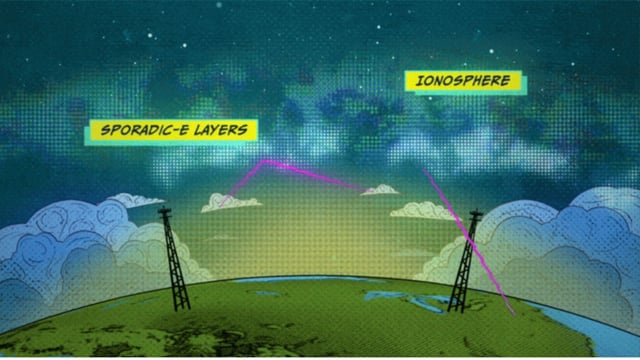Overview
- The three-week launch window opened June 13 at Kwajalein Atoll, with the first sounding rocket expected to lift off that night.
- Scientists will monitor the ALTAIR radar for developing Sporadic-E layers and fire rockets when transient ion clusters form.
- Each rocket will deploy colorful vapor tracers and four subpayloads to measure wind patterns, particle density and magnetic fields inside the layers.
- Sporadic-E layers arise when meteor-derived ions clump in the lower ionosphere, reflecting signals back to Earth and causing false or garbled communications.
- Collected data will update computer models of the ionosphere to help forecast disruptions impacting air traffic, marine radios and over-the-horizon radars.

